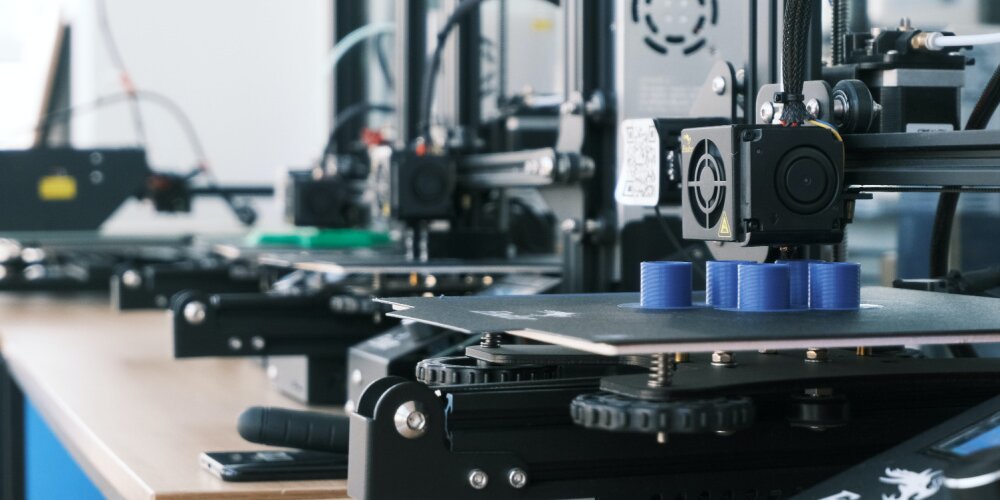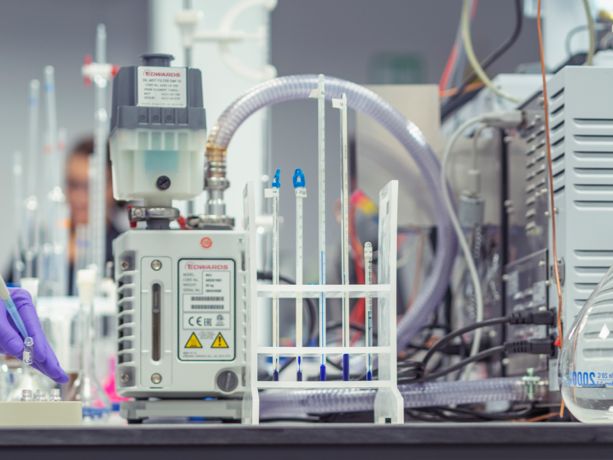Researchers Create 3D Printed Components for Portable Mass Spectrometers

Widely used to identify, deduce and quantify compounds, mass spectrometers have found an array of uses. Yet, they’re bulky, heavy and fragile pieces of equipment, limiting where they can be deployed. Now, through the use of 3D printing, researchers have unlocked the potential for creating lightweight, portable mass spectrometers…
Researchers from the Massachusetts Institute of Technology (MIT) identified the need for a mass spectrometer that could be deployed outside of laboratory settings to help identify chemical substances.
Their solution focused on using additive manufacturing (a.k.a. 3D printing) to produce the core components of a mass spectrometer, thus making it light and durable enough to be used outside traditional lab settings.
The centrepiece of the team’s efforts is the mass filter - which is the core component of a mass spectrometer. The team created a miniaturised filter, known as a quadrupole, built from durable and heat-resistant glass-ceramic resin at a cost of only a few dollars and a handful of hours.
The traditional version of a mass filter can cost more than $100,000 and take weeks to manufacture.
Luis Fernando Velásquez-García is the man behind the project, who, for the past 20 years, has been trying to develop a lightweight, portable mass spectrometer. In a statement released by MIT he is quoted as saying:
“We are not the first ones to try to do this. But we are the first ones who succeeded at doing this.
There are other miniaturised quadrupole filters, but they are not comparable with professional-grade mass filters. There are a lot of possibilities for this hardware if the size and cost could be smaller without adversely affecting the performance”.
Potential applications for a lightweight mass spectrometer are vast.
As the MIT team’s two examples demonstrate: ‘a scientist could bring a portable mass spectrometer to remote areas of the rainforest, using it to rapidly analyse potential pollutants without shipping samples back to a lab. And a lightweight device would be cheaper and easier to send into space, where it could monitor chemicals in Earth’s atmosphere or on those of distant planets’.
Need to identify or characterise a material?
Then The Lab can help. With our spectrometers and a wide range of other analytical equipment, we are able to identify and characterise myriad materials.
Whether you’re looking to launch a new product or investigate the causes of a material failure, The Lab should be your first port of call.
Speak to us about your materials testing requirements today
For more insights, news and information, explore The Lab’s News and Knowledge Hub…
New 3D Printing Technique Developed to Print One of the World’s Toughest Steels | Why Bunker Fuel Oil Analysis Is More Important Than Ever | Researchers Discover Material With ‘Memory’
- Author
- Dr Holly Edwards
- Date
- 16/01/2024
